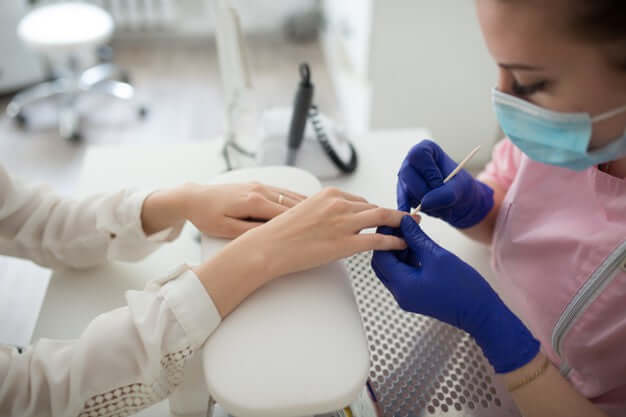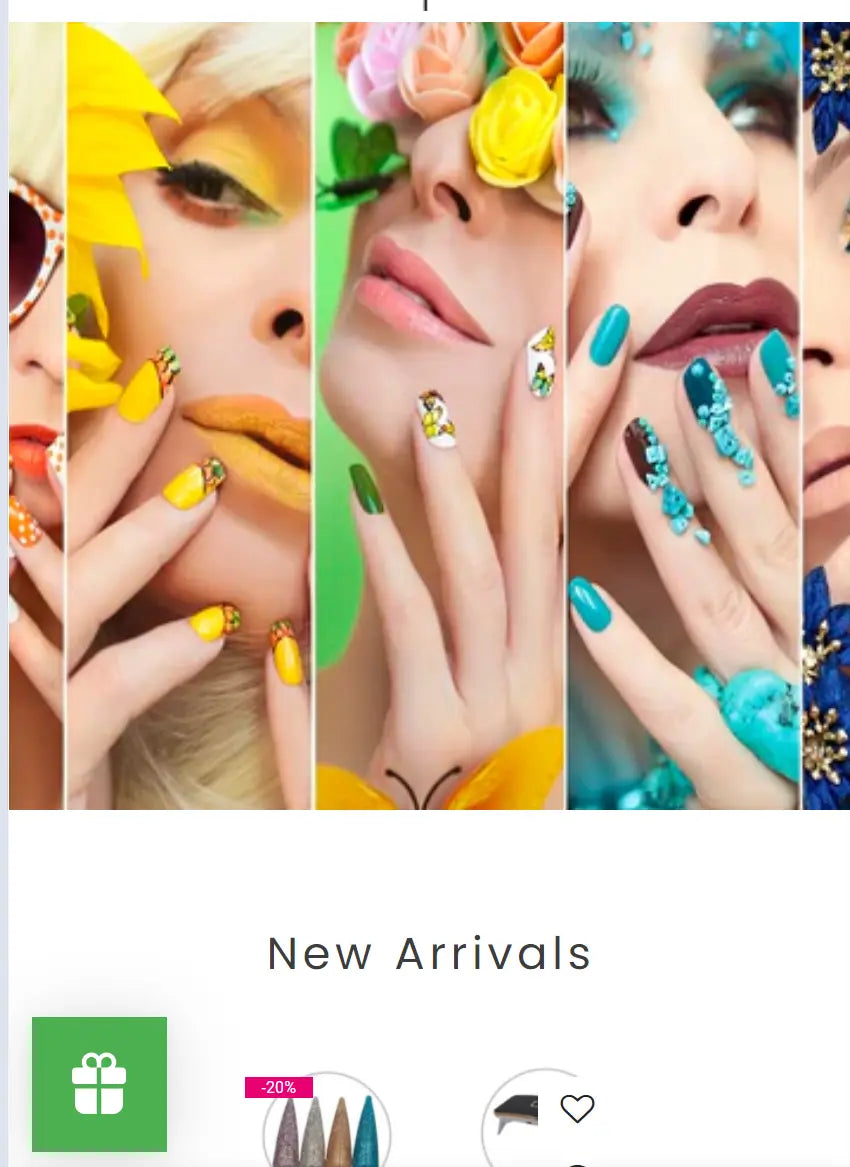Where’s the cuticle and what does it do?
The cuticle is a layer of clear skin located along the bottom edge of your finger or toe. This area is known as the nail bed. The cuticle function is to protect new nails from bacteria when they grow out from the nail root.
The area around the cuticle is delicate. It can get dry, damaged, and infected. It’s important to care for the entire nail area and keep it clean so that your nails stay healthy.
Read on to learn more about the cuticle and what you can do to care for this area.




Cuticle vs. nail lunula
The cuticle is the transparent skin located above and around the nail base. The lunula is the half-moon shape seen at the base of the nail. The lunula is located above the cuticle.Illustration of the cuticle and nail

How do you take care of your cuticles?
It’s important to keep your cuticles clean at home. This prevents infection. The easiest way to care for them is to soak your hand or foot in soapy, warm water for around 10 minutes every few days. This helps soften the cuticle and keeps your nails clean. You can also apply cuticle oil and a massage cream. Moisturize your cuticles regularly to prevent dryness and cracking.
Give your cuticles the TLC they deserve
Cuticles are important to maintain and not to be removed. They are there to protect your nails from bacteria and infection. Always tell your nail technician not to cut the cuticles, just trim hangnails and loose skin that is visible after pushing cuticles back. “You don’t want the skin and hangnails tearing, which hurts and can cause infection. You are less likely to have cuticle overgrowth and loose skin/hangnails when you have your cuticles regularly pushed back and exfoliated by rubbing in a circular motion with a towel after the shower and keeping them hydrated,” says celebrity manicurist Lisa Jachno.
Cracked or peeling cuticles
The area around the nail bed is very delicate. It’s common for cuticles to crack or peel. You can use cuticle oil or moisturizer to hydrate them. It’s safe to apply daily. You can also apply Vaseline overnight to soothe damaged cuticles.How can you prevent cuticle damage?
Avoid picking at your cuticle. If you have a hangnail, carefully remove it with tweezers or clippers, instead of ripping it out or biting it off. Also limit your use of harsh nail polishes and removers. Use an acetone-free formula for a nail polish remover.
Infected cuticles
Paronychia is an infection of the skin around your cuticles. Symptoms may include:- redness of the skin around the nail
- tenderness
- pus-filled blisters
- changes in nail shape, color, or texture
- nail detachment
Tips for getting a manicure
When visiting a nail salon, keep these tips in mind:- Make sure all tools are sterilized and look clean before getting your nails done.
- If you are concerned about the quality of equipment, you can bring your own. Most nail files, clippers, and cuticle sticks can be purchased relatively inexpensively online.

Keeping nails healthy
Follow these tips to keep your nails healthy:- Trim nails regularly.
- Use a nail file to smooth out rough edges.
- Moisturize cuticles regularly.
- Don’t bite your nails.
- Apply a nail hardener to help strengthen nails.

Conclusion
Trimming cuticles isn't necessary and can cause infection, especially in an environment like a nail salon where tools are used on different people. Even if you aren't trimming cuticles, it's crucial to make sure that tools being used are sterilized. Inquire and find out what measures your nail place is taking. Taking care of your cuticles is important for your health. They protect your nail area from infection. Always avoid nail salons that don’t sanitize their instruments. And ask the technician to skip cutting your cuticles if you are uncomfortable. Talk to your doctor or dermatologist if you notice signs or symptoms of a nail infection. They can recommend a treatment plan.If you enjoyed this post, you can read our other blog posts here.




